Near the beginning of the Design Museum’s new monographic exhibition on the late-modernist architect Louis Kahn there is a small notebook. In it Kahn had written in a punctilious script various phrases, connected by little appreciable logic, about ‘light and silence’, ‘the eternity of the spirit’, ‘Art unmeasurable’, and so on. In his writing, Kahn often risks appearing irritatingly portentous.
But cynicism is dispelled when confronted with his buildings, and I find myself reaching for equally pretentious phrases in trying to describe their effect. This is especially true of the epic masterpieces from the last 20 years of his life, including the National Assembly Building in Dhaka, the Salk Institute in California, and the Kimbell Art Museum in Texas. With their solemnity, evocations of ancient construction, Euclidean geometry and heavy grandeur, these buildings speak to a core of experience that Kahn is almost alone amongst modernist architects in reaching. They feel mythic.
Naturally it is going to be impossible to convey in any meaningful way these qualities in an exhibition, let alone explain them. Nevertheless, there is much to savour in the presentation of many beautiful models, original drawings and sketches, as well as intriguing ephemera from Kahn’s life. The drawings, especially, give an insight into Kahn’s method of continuous refinement, although it was not always immediately clear which drawing related to which project.
The most evocative exhibits are a number of delicate models for his massive projects in thin cardboard, notably of Dhaka, where their monumental heftiness appears as intricate sculpture. Photographs and newly constructed models back up these original artifacts, as well as video interviews with various architectural worthies, from Frank Gehry to Peter Zumthor.
The format of the exhibition brings out some interesting, and perhaps unexpected, features of Kahn’s career through its six broad themes. The opening section gives a biographical overview, taking us from Kahn’s birth in Estonia and early emigration to America, through his long limbering up period (he only really established himself in his 50s). Next we get Kahn’s city planning schemes for Philadelphia, which sees the architect at his most bombastic, suggesting, for example, spiral car-parks the size of Rome’s coliseum.
A more appealing section on ‘Science’ shows the influence of biological geometric structures on his architecture. Following the example of a recent MOMA exhibition on Le Corbusier, another section highlights the way Kahn thought about the natural settings of his buildings. This is one of the harder qualities to capture. Nevertheless, we find here one of the exhibition’s most gorgeously mysterious individual objects, in the form of a bronze model for a playground, designed in collaboration with Isamu Noguchi. The section entitled ‘Eternal Present’ attempts to explain Kahn’s contribution to modern architecture as bringing to it a sense of the permanence found in ancient ruins, through the solid masonry construction of arches, vaults and pillars.
The exhibition ends with a small section on the Four Freedoms Park, which was completed only recently, some four decades after it was first proposed. This project, like so much of Kahn’s output, has a mood of tremendous permanence. It remains today an extremely rare quality in architecture.
‘Louis Kahn: The Power of Architecture’ is at the Design Museum, London, until 12 October.
Unlimited access from just $16 every 3 months
Subscribe to get unlimited and exclusive access to the top art stories, interviews and exhibition reviews.

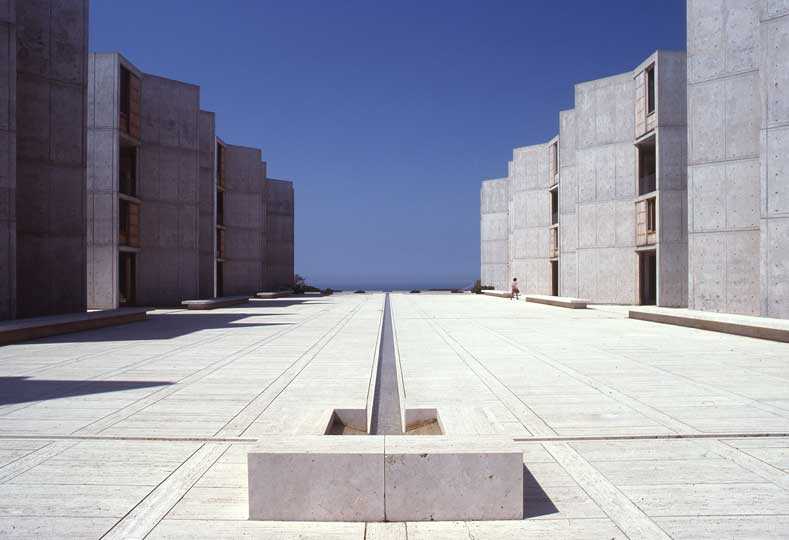
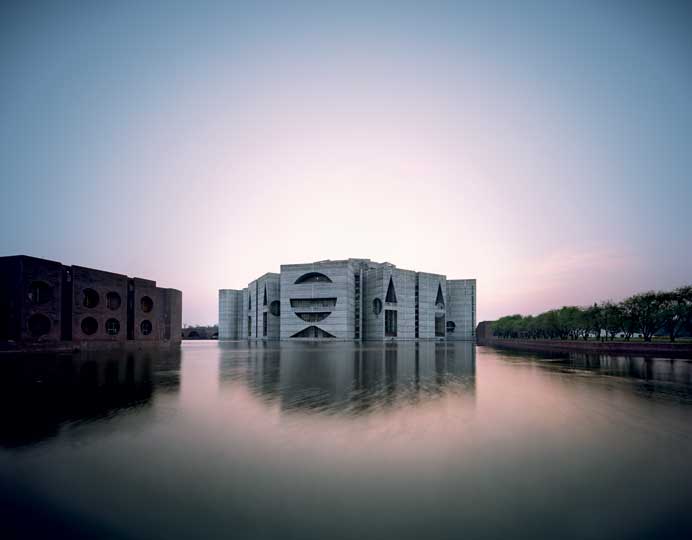
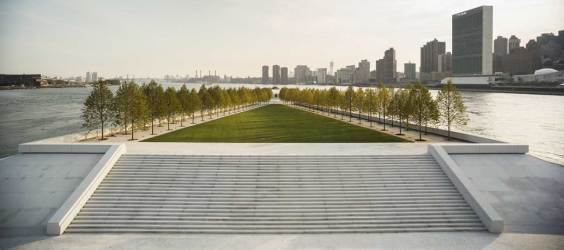
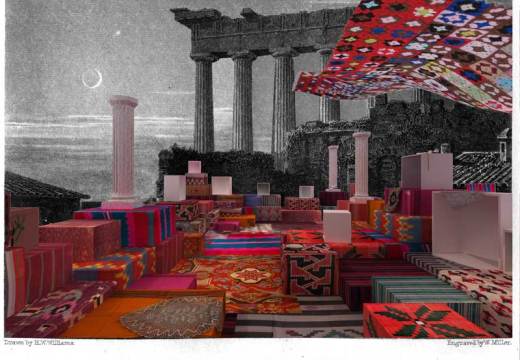
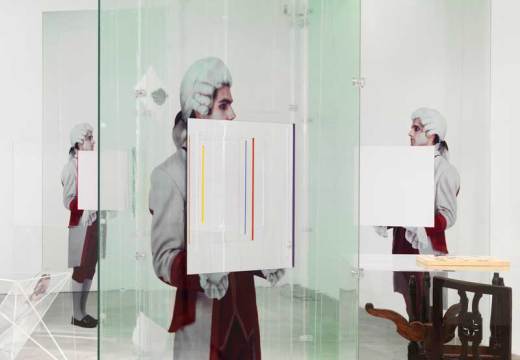
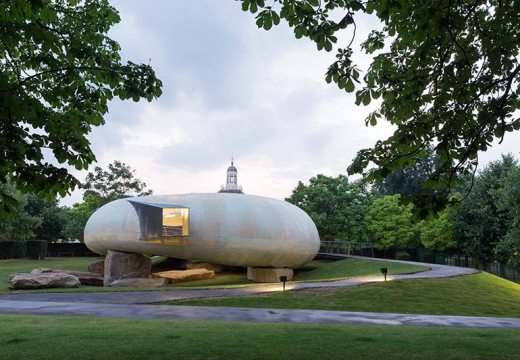









![Masterpiece [Re]discovery 2022. Photo: Ben Fisher Photography, courtesy of Masterpiece London](http://www.apollo-magazine.com/wp-content/uploads/2022/07/MPL2022_4263.jpg)
Why are fathers so absent from art history?